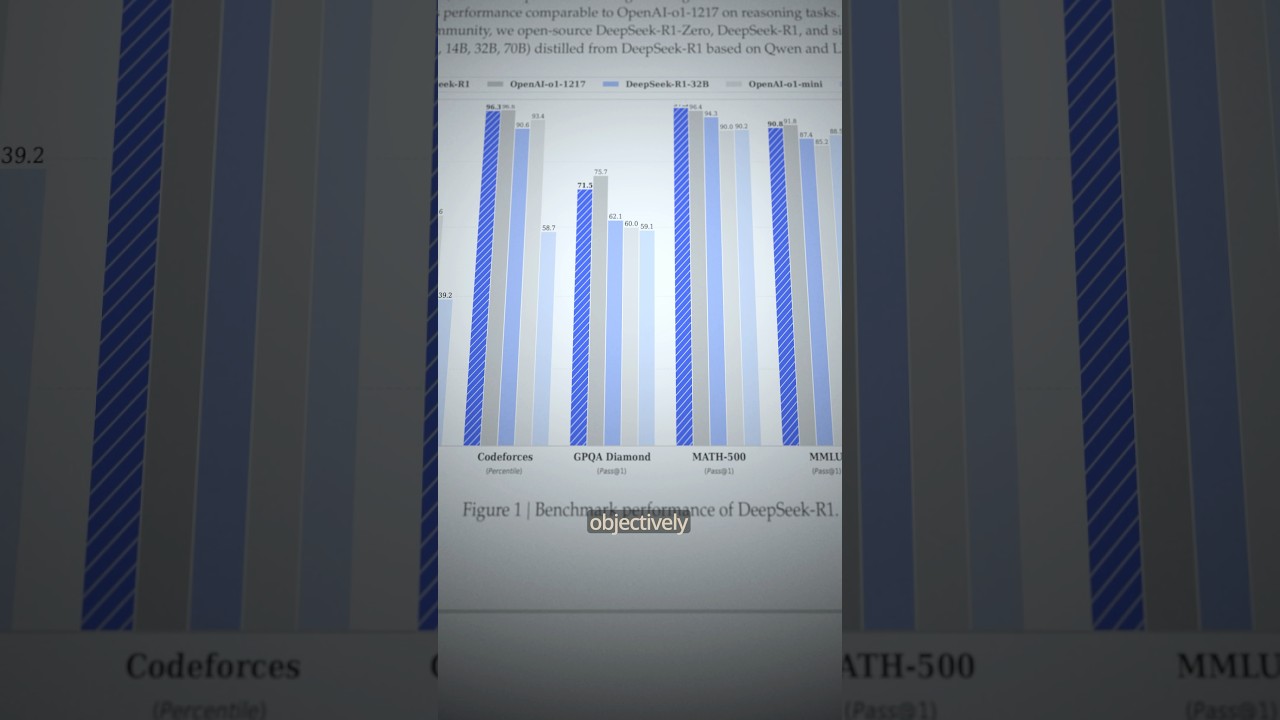In the video, Eiso Kant discusses the groundbreaking AI development known as “zero work,” where models can exhibit human-like thinking and generate coherent language without extensive examples. He emphasizes the significance of this advancement in AI’s ability to solve complex problems and suggests that the focus should shift from financial metrics to the transformative implications of these evolving capabilities.
In the video, Eiso Kant discusses a groundbreaking development in artificial intelligence, specifically focusing on the concept of “zero work.” This term refers to the ability of AI models to develop thinking capabilities and generate coherent language without needing extensive examples of what thinking should look like. Kant emphasizes that this advancement should be the focal point of discussion in the AI community, rather than the financial aspects, such as the $5 million associated with the project.
Kant argues that the true significance of this development lies in the models’ ability to exhibit human-like thought processes. He highlights that these AI systems can produce coherent and logical outputs, which is a remarkable achievement in the field of machine learning. This capability suggests that AI can learn and adapt in ways that were previously thought to be exclusive to human cognition.
Moreover, Kant points out that the outcomes of these models are objectively measurable, particularly in areas like mathematics and coding. He notes that the AI’s performance in these domains has improved significantly, demonstrating that it can solve complex problems and generate code effectively. This improvement indicates that the models are not just mimicking human thought but are genuinely developing their own understanding and problem-solving skills.
Kant expresses his belief that this development should be a cause for excitement and celebration within the AI community. He argues that the focus should shift from financial metrics to the implications of AI’s evolving capabilities. The ability of models to think and communicate in a coherent manner opens up new possibilities for their application in various fields, potentially transforming industries and enhancing human productivity.
In conclusion, Eiso Kant’s insights highlight a pivotal moment in AI research, where models are beginning to exhibit human-like thinking without extensive training. This advancement has far-reaching implications for the future of AI, suggesting that we are on the brink of a new era where machines can think and reason more like humans. Kant urges the community to recognize and celebrate this achievement, as it represents a significant leap forward in our understanding of artificial intelligence.
